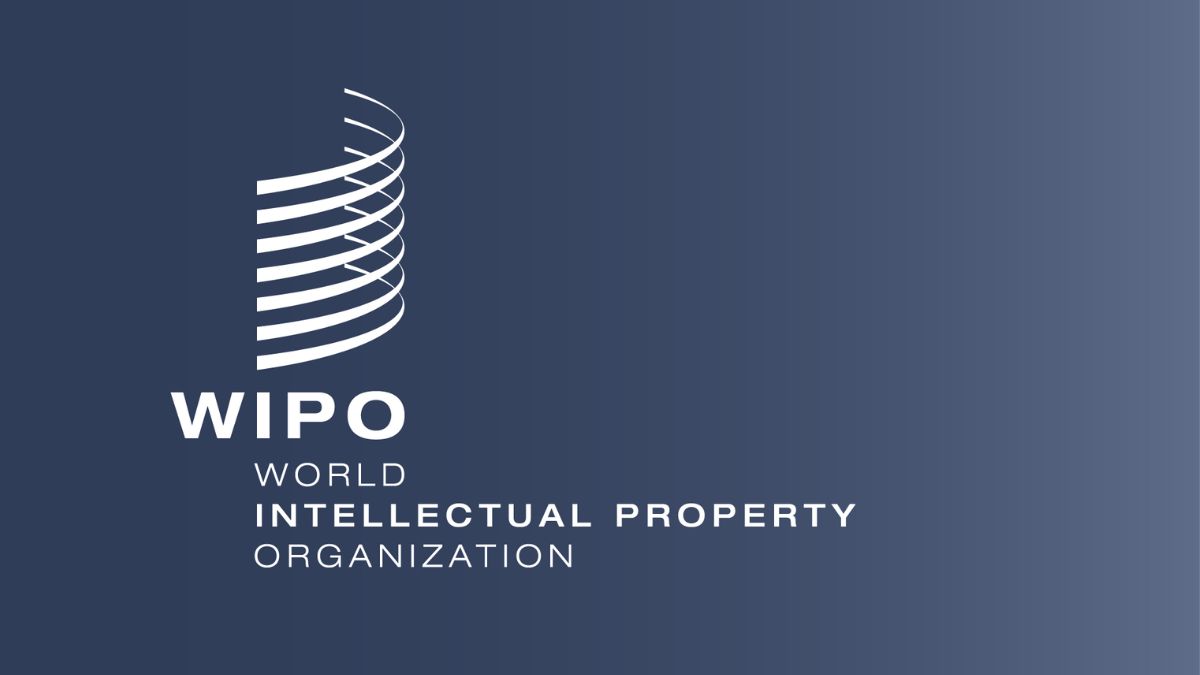
World Intellectual Property Day is celebrated annually on April 26 around the world. The day is celebrated to let people know how intellectual property (IP) rights foster innovation and creativity. It was established by the World Intellectual Property Office (WIPO).
The World Intellectual Property Organization (WIPO) is one of the specialized agencies of the United Nations that was created “to encourage creative activity and promote the protection of intellectual property throughout the world.”
Happy World Intellectual Property Day!✨
Today we celebrate the ingenuity, curiosity and creativity of women around the world who are innovating for a better future: https://t.co/mHLSlTaZW5
Spread the word and say hello to women inventors, creators and entrepreneurs🙌#WorldIPDay pic.twitter.com/it7fERDLym
— World Intellectual Property Organization (WIPO) (@WIPO)
April 25, 2023
Women inventors, creators and entrepreneurs are making a difference 👩💡✨
Meet the changemakers who are shaping a better future or nominate one here: https://t.co/qvHCyXIz4D#WorldIPDay
— World Intellectual Property Organization (WIPO) (@WIPO)
April 25, 2023
Genesis of the World Intellectual Property Organization (WIPO)
The origins of WIPO date back to 1883 during the Paris Convention for the Protection of Industrial Property, when 14 countries signed the Convention for the Protection of Industrial Property, so intellectual property protections were established from that agreement. for inventions, trademarks and industrial designs. created.
WIPO was formally created by the Convention Establishing the World Intellectual Property Organization, which entered into force on April 26, 1970. Under this Convention, WIPO seeks to “promote the protection of intellectual property throughout the world “. It became a specialized agency of the UN in 1974.
Purposes of the World Intellectual Property Organization (WIPO)
• Promote the protection of intellectual property in the world through cooperation between states, and collaboration with any other international organization. • Guarantee administrative cooperation between unions.
Governing bodies of the World Intellectual Property Organization (WIPO)
It has four organs that are discussed below:
• General Assembly: It is made up of all States party to the WIPO Convention that are also members of any of the unions. It meets every two years and has the highest authority of all the bodies.
• Conference: It is made up of all States party to the WIPO Convention, whether or not they are members of one or more of the unions. It meets every two years to discuss matters of general interest in the field of intellectual property, as well as to establish the WIPO technical legal assistance program and the budget for said program.
• Coordination Committee: It is formed by the States parties to this Convention that are members of the Executive Committee of the Paris Union, or the Executive Committee of the Berne Union, or both. However, if any of these Executive Committees is composed of more than a quarter of the number of member countries of the Assembly that elected it, then said Executive Committee will designate from among its members the States that will be members of the Coordination Committee. , so that their number does not exceed the quarter mentioned above, it is understood that the country in whose territory the Organization has its headquarters will not be included in the calculation of said quarter.
Contributions from the World Intellectual Property Organization (WIPO)
WIPO has played a critical role in helping countries establish effective intellectual property regimes in all three areas: patents, copyrights and trademarks. As countries undertake the transition from state-led to market-driven economies, they see the need for a well-functioning intellectual property infrastructure. Therefore, these countries see the advantages of joining the World Trade Organization; They seek assistance from WIPO to bring their intellectual property regimes up to the required standards.
PATENTS: WIPO’s most recent efforts in the area of patents focus on the Agreement on Trade-Related Aspects of Intellectual Property Rights (TRIPS), which was negotiated in the Uruguay Round of the General Agreement on Tariffs and Trade. Trade (GATT). Although that agreement was negotiated outside the WIPO framework, the officials involved expected from the beginning that WIPO, given its institutional strength and special expertise, would play an important role in its implementation. And indeed, that has turned out to be the case. Through a specific memorandum of understanding between WIPO and the World Trade Organization (the successor to GATT), WIPO is carrying out a series of activities in support of the agreements reached on TRIPS.
COPYRIGHT: WIPO administers several important treaties related to the international protection of trademarks, including the aforementioned Paris Convention, which guarantees the right to national treatment in trademark registrations, as well as the protection of well-known trademarks. of piracy around the world.
WIPO oversees 26 international treaties that address a wide range of intellectual property issues, from the establishment of an international patent classification to the protection of audiovisual works. The General Assembly and the Coordination Committee, which jointly develop policies and act as the main decision-making authorities, are in charge of governing it. The General Assembly also elects the Director General of WIPO, who is now Daren Tang of Singapore and took office on October 1, 2020. WIPO is led by a Secretariat that helps manage its daily operations.
190 UN member countries, the Cook Islands, the Holy See and Niue are among the current 193 members of WIPO, while Palestine has permanent observer status. The Federated States of Micronesia, Palau and South Sudan are the only non-members among the nations recognized by the UN.
WIPO’s activities include hosting forums where international intellectual property standards and policies are debated and shaped, offering global services that register and protect intellectual property in multiple countries, resolving cross-border intellectual property disputes, assisting connectivity of intellectual property systems through uniform standards and infrastructure and act as a general reference database on all intellectual property issues, including the provision of reports and statistics on the status of intellectual property protection or innovation, both globally and in specific countries. WIPO collaborates with individuals, NGOs and governments to use intellectual property for socio-economic development.
Categories: Optical Illusion
Source: ptivs2.edu.vn